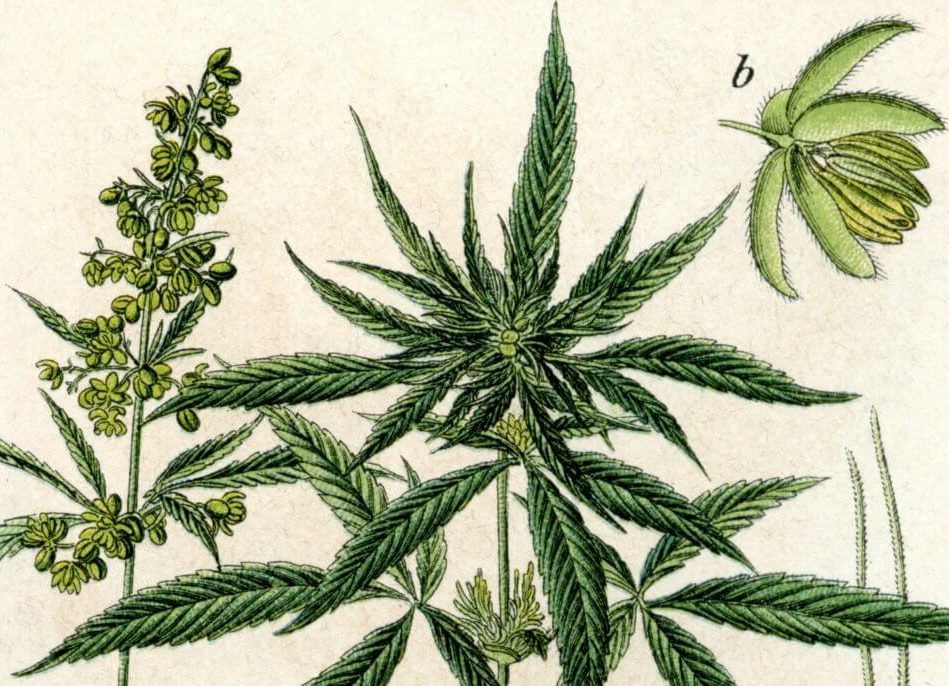In this European Week for Sustainable Development*, at 1.618 we feel it is crucial to highlight the most responsible initiatives of the creative industry, whether they are based on innovation or traditional know-how. The projects identified illustrate a new art of living that finally meets the expectations of consumers, who are increasingly aware of the climate emergency but still looking for exciting alternatives.
Nunti Sunya, a member of the 1.618 Paris community, offers this long-awaited alternative. The company, founded by a former professional surfer, Vincent Lartizien, not only grows hemp responsibly in organic agriculture in the Bayonne region, but also explores the infinite uses of this ancestral resource of the plant world. Although the benefits of hemp have long been established, the extent of the plant’s potential is still unknown to most people. With this in mind and aware of the climate emergency, Nunti Sunya offers a clear demonstration of the plant’s incredible virtues. The goal? To offer hemp as an alternative solution for the world’s most polluting industries – food processing, textiles, construction and plastics.
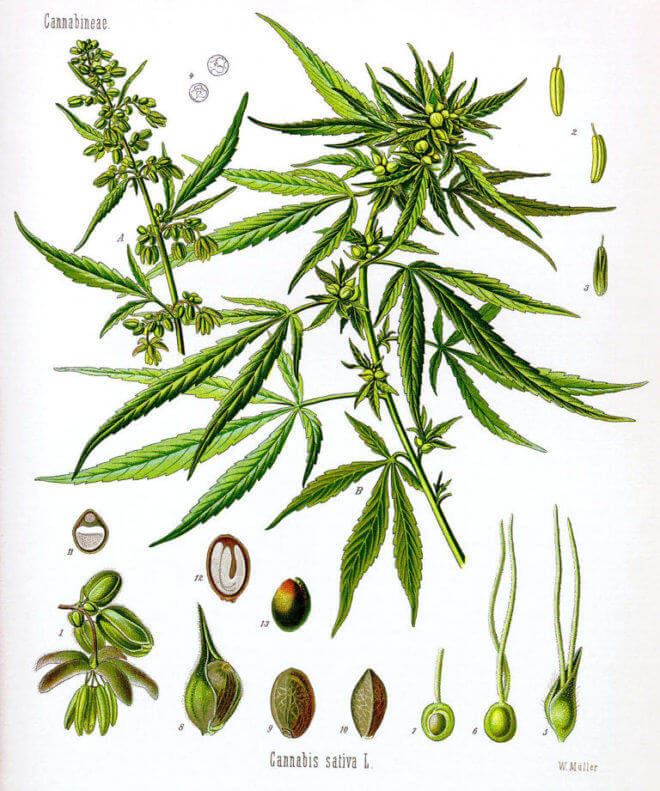

Deconstructing clichés & promoting the potential of hemp
Reconnecting with humanity’s favourite plant :
It is a fact: man has been using hemp for more than 8,000 years. At the dawn of mankind, the first Asian civilisations used hemp as a remedy and intoxicant, and in Antiquity, the Egyptians and Greeks wore clothes made of hemp fibres. The first Bible is said to have been printed in 1456 by Gutenberg on hemp paper, as was the Declaration of Independence of the United States of America in 1776. In 1492, several tons of hemp sails and ropes allowed Christopher Columbus’ caravels to reach America. The plant was used as a currency in all the colonies: a strategic material for the Navy.
Hemp therefore quickly became indispensable. From the 17th to the 18th century, it was used for intercontinental trade, printing, the textile industry and warfare.
La Canebière, Marseille's famous avenue, takes its name from the Provençal canebiera meaning "chènevière" (the name given to hemp fields in French), since Marseille, and La Canebière to be precise, was one of the world's largest hemp manufacturing and trading centres in the Middle Ages.
However, the arrival of cotton, steamships and industrialisation led to a gradual end to the intensive use of hemp. The world was speeding up, demand was increasing and alternatives were becoming successful. In the 1930s, the petrochemical, textile, pharmaceutical and paper industries exerted pressure and a progressive demonisation of hemp began. In fact, in 1937, the American Congress passed the « Marijuana Tax act », which led to major administrative restrictions : the golden age of hemp came to an end.
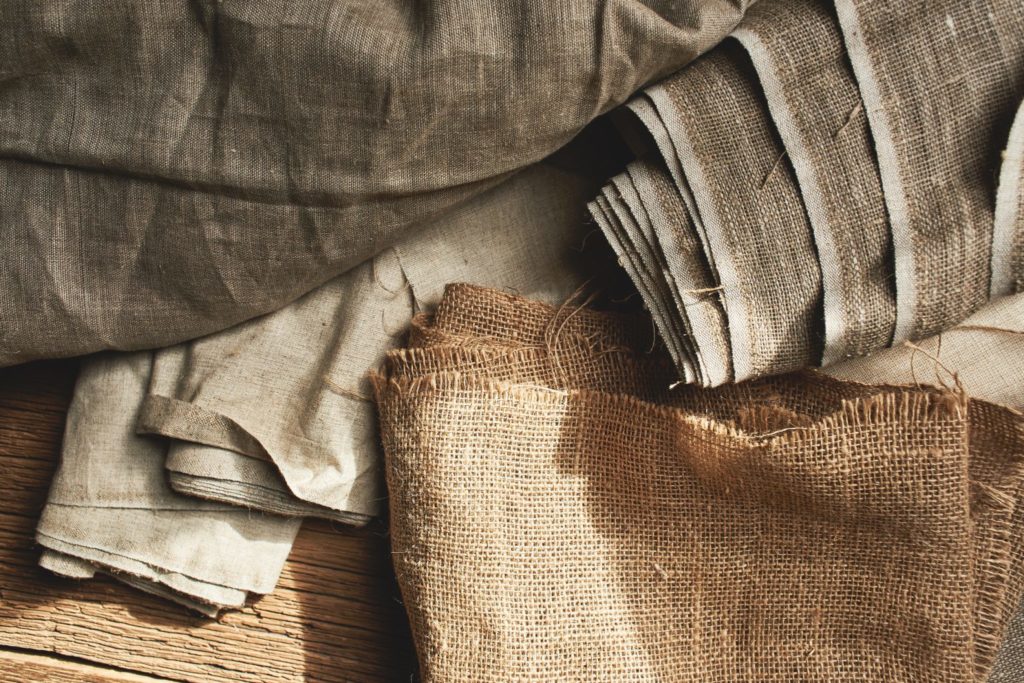

Despite the fact that the cultivation of hemp has always remained legal in France, the confusion with recreational drugs has taken hold and still persists.
The difference between cannabis (recreational hemp) and industrial hemp is the level of tetrahydrocannabinol (THC) in the plant. When the THC content is below 0.2%, the use is industrial, textile and for food. In comparison, cannabis (recreational hemp) has a THC concentration of more than 0.2% and up to almost 30%.
The resurgence of hemp, after being banned in many countries, intrigues and continues to surprise researchers and engineers who are finding more and more new applications for it, with results that exceed the expectations of our industrialised society.
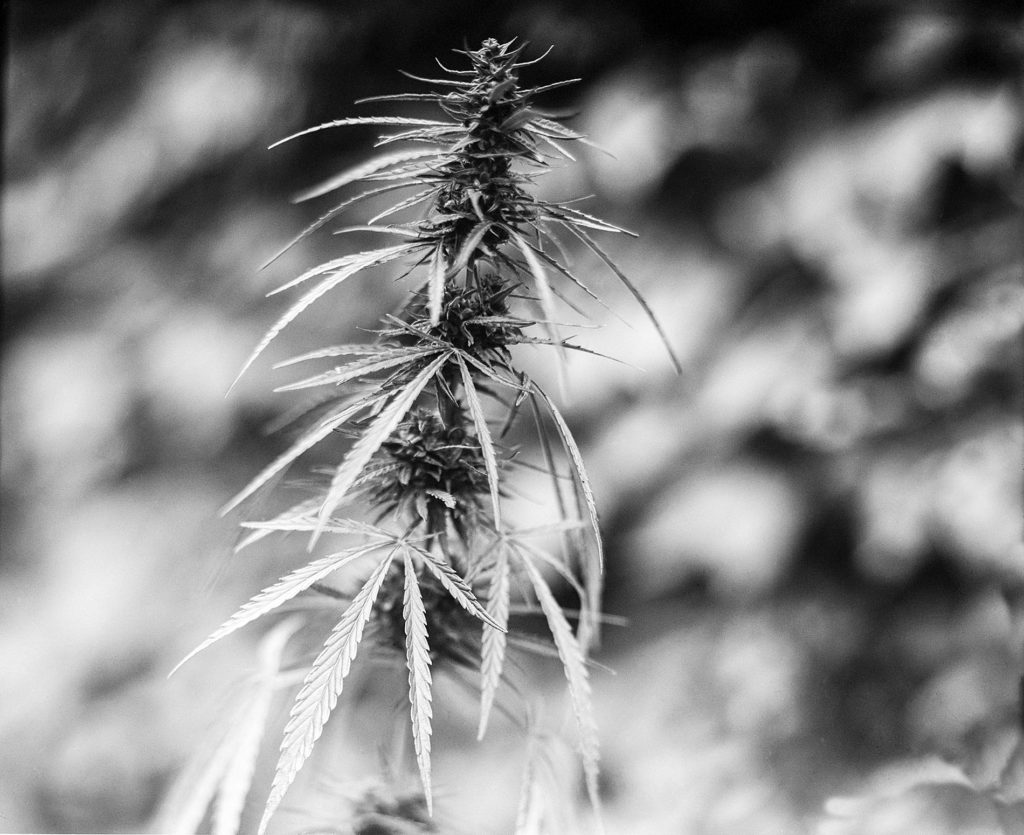

An unique plant – exceptional & ecological in nature
This plant alone covers our vital needs: food, shelter, clothing and health care. It can even replace petrochemical-based plastics or wood-based paper by improving the quality of the soil where it is grown. Ecological par excellence, it requires very little water, is not subject to any aggressors and is perfectly integrated into organic farming.
The composition of hemp is : a stalk (bark and pulp), leaves and flowers composed of terpenes (essence) and molecules (cannabinoids, flavonoids). When its flower is fertilised, it gives hempseed.
Over the years, hemp has earned its qualification as a SUPERPLANT (extraordinary plant, which intrigues, and with incredible faculties). Focus on its composition :
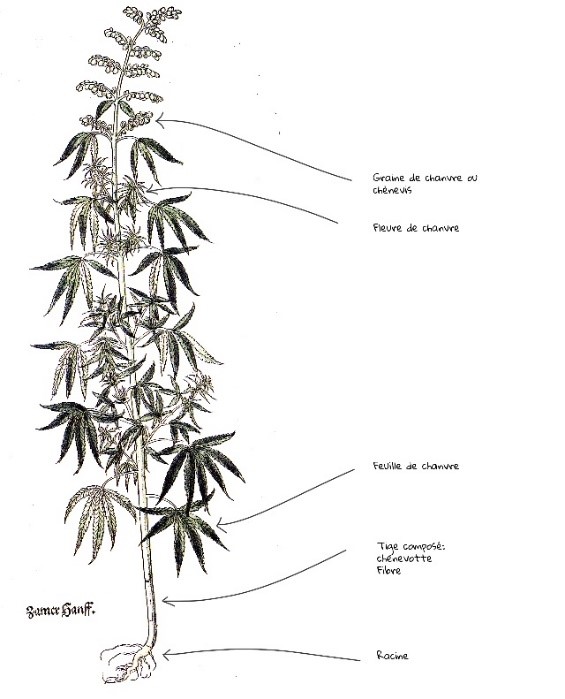

- Hemp seeds are rich in protein, lipids and fibre. They are used in food and cosmetic products, as shelled seeds, oil or flour.
- Yarn (or hemp fibre) is the bark of the stalk and contains several grades of more or less woody fibres for different industries – textile, insulation, paper and bioplastic.
- The other fibrous component of the plant is the woody part, or pulp, of the hemp stalk. It is used, among other things, to make animal bedding, as thermal and acoustic insulation, as mulch in gardening, or, if combined with a binder, essentially composed of lime, it forms “hemp concrete”.
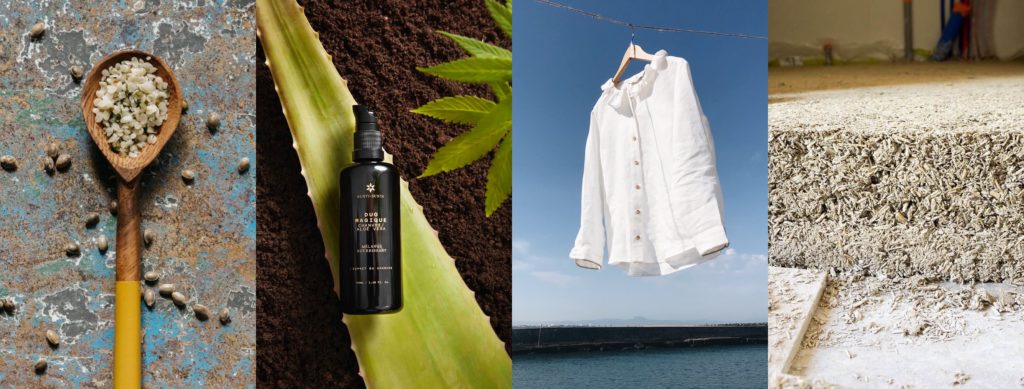

Hemp cultivation produces three types of raw material (with different commercial applications). Its industrial value is therefore exceptional and more than promising. Hemp can be used in the composition of several thousand products – ILLUSTRATION with a list of non-exhaustive examples : protein powder 65%, pasta, virgin hulled seed oil, CBD oil (sublingual or cutaneous), essential oils, food supplements, face, body and hair oil, magic duo hemp & aloe vera, hemp ritual cream,…
Ford’s HEMP BODY CAR
Even when it comes to mobility, hemp is proving its capabilities! Developed in 1941, Henry Ford’s Hemp Body Car was a prototype car with a body made of a plastic material obtained from soybeans and hemp (and powered by hemp ethanol, a fuel that emits much less CO2 than oil).
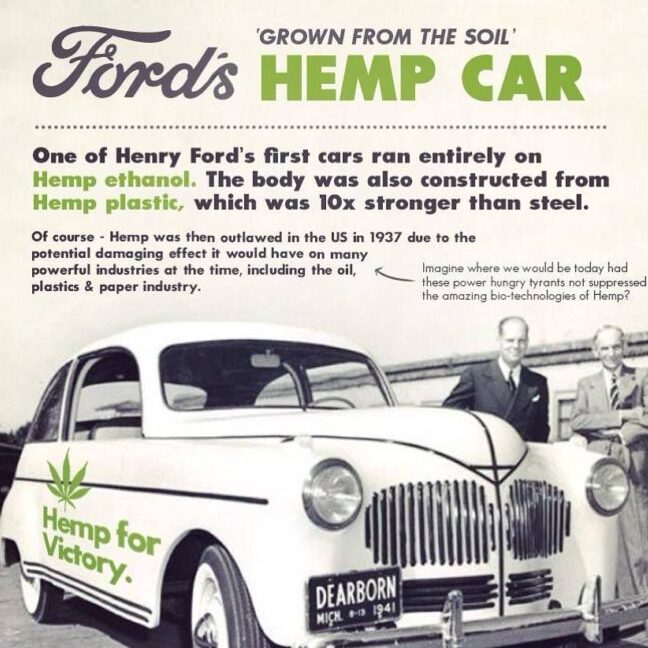

Find Nunti Sunya’s hemp-based beauty products on the 1.618 E-shop!
And discover the values and commitments of the brand in the 1.618 Guide.
Sustainable luxury for us is luxury that nourishes health and the planet, while being harmonious, balanced and vibrationally elevated.
Vincent Lartizien, founder of Nunti Sunya
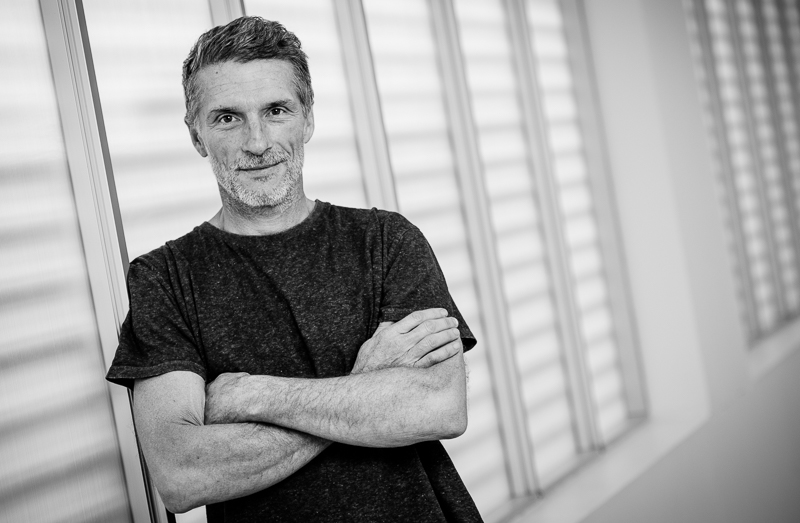

Find out more about the ultimate plant superstar:
Le syndicat du chanvre
Interchanvre
Hemp in Europe
The documentary ARTE Regards “Les pouvoirs du chanvre”
*From 18 September to 8 October 2022, the European Week for Sustainable Development takes place and many initiatives to promote sustainable development are organised throughout Europe.


